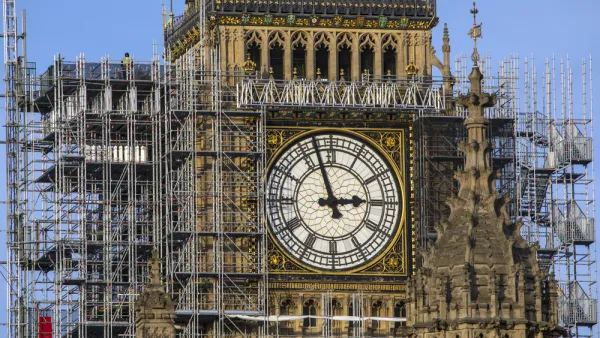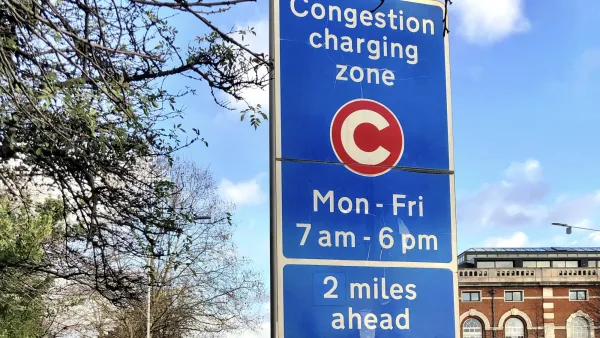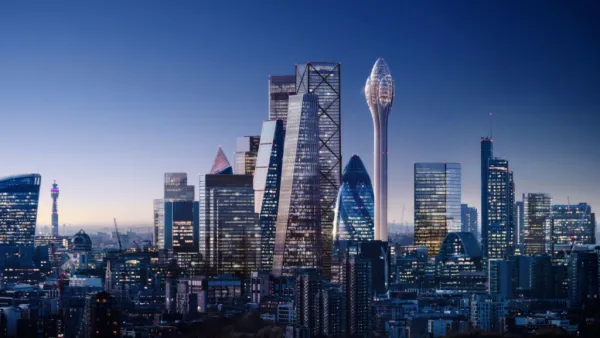Independent cultural institutions provide so much of what make cities world class, and they are a big part of the appeal for people who choose to live in highly urbanized areas. These days, cultural institutions are having a hard time affording rent.
London recently released a Cultural Infrastructure Plan, designed to protect and grow cultural facilities as the cost of real estate in the city drive institutions away from the city.
From the website promoting the new plan:
London is a city recognised as the global capital for arts and culture. Our theatres, music venues, museums and galleries are renowned across the world. Our creative industries are vital to London’s success and the recording studios, rehearsal spaces, artists' workspaces are the engine room that is responsible for generating £52 billion per year.
However, there has been a worrying decline in London’s cultural spaces, with the numbers of LGBT+ venues and grassroots music venues stabilising in the last year following a decade of decline.
London also released a Cultural Infrastructure Toolbox and a Cultural Infrastructure Map to accompany the new plan.
Following the announcement of London's plan, Jonathan Bowles and Eli Dvorkin write of the need for New York City to model a similar plan on the work done by London to protect its cultural institutions.
"The echoes of New York City are unmistakable: From escalating rents and operating costs to licensing and funding restrictions, the dance studios, music venues, theaters, workshops, and even skateparks that make London a global cultural capital are under unprecedented pressure," wrotes Bowles and Dvorkin. "Just like in London, artists and arts organizations provide the key building blocks of New York City’s broader creative economy, which supports roughly 300,000 jobs across the five boroughs. But there’s another, more painful, similarity: New York City has likewise been losing art spaces, affordable studios, and grassroots venues at a rapid clip."
As noted by Bowles and Dvorkin, the Center for an Urban Future in 2015 published a report called "Creative New York," that documented the decline of cultural institutions in the city of New York.
FULL STORY: OP-ED London Calling: New York Should Take a Cue from London Mayor Sadiq Khan’s Cultural Infrastructure Plan

Analysis: Cybertruck Fatality Rate Far Exceeds That of Ford Pinto
The Tesla Cybertruck was recalled seven times last year.

National Parks Layoffs Will Cause Communities to Lose Billions
Thousands of essential park workers were laid off this week, just before the busy spring break season.

Retro-silient?: America’s First “Eco-burb,” The Woodlands Turns 50
A master-planned community north of Houston offers lessons on green infrastructure and resilient design, but falls short of its founder’s lofty affordability and walkability goals.

Test News Post 1
This is a summary

Analysis: Cybertruck Fatality Rate Far Exceeds That of Ford Pinto
The Tesla Cybertruck was recalled seven times last year.

Test News Headline 46
Test for the image on the front page.
Urban Design for Planners 1: Software Tools
This six-course series explores essential urban design concepts using open source software and equips planners with the tools they need to participate fully in the urban design process.
Planning for Universal Design
Learn the tools for implementing Universal Design in planning regulations.
EMC Planning Group, Inc.
Planetizen
Planetizen
Mpact (formerly Rail~Volution)
Great Falls Development Authority, Inc.
HUDs Office of Policy Development and Research
NYU Wagner Graduate School of Public Service




























